Introduction
Learning how to print high quality photos without wasting ink is essential for photographers, artists, and anyone who values both exceptional results and cost efficiency. With ink cartridges costing more per ounce than fine champagne, mastering efficient photo printing techniques can save hundreds of dollars annually while maintaining professional-grade output.
Modern printers offer incredible capabilities, but without proper knowledge, you’ll likely waste significant amounts of expensive ink while achieving mediocre results. This comprehensive guide reveals proven strategies, optimal settings, and professional techniques that deliver stunning photo prints while maximizing your ink investment.
Whether you’re printing family memories, portfolio pieces, or commercial projects, these expert methods will transform your printing experience and dramatically reduce your ink consumption.
What Is High-Quality Photo Printing Without Ink Waste?
High-quality photo printing without ink waste refers to the strategic approach of optimizing every aspect of the printing process to achieve professional-grade results while minimizing unnecessary ink consumption. This methodology combines technical precision with smart resource management to deliver exceptional prints cost-effectively.
The concept encompasses multiple elements including proper image preparation, optimal printer settings, strategic paper selection, and maintenance practices that prevent ink wastage. Professional photographers and print shops have developed these techniques over decades to balance quality with operational costs.
Effective ink conservation doesn’t mean compromising on quality. Instead, it involves understanding how different settings, papers, and preparation methods interact to produce the best possible results with minimal resource expenditure. Modern inkjet printers can achieve remarkable efficiency when properly configured and maintained.
The key lies in recognizing that ink waste often occurs due to poor preparation, incorrect settings, or inadequate maintenance rather than the printing process itself. By addressing these factors systematically, you can achieve gallery-quality prints while reducing ink consumption by 30-50% compared to default printing approaches.
8 Proven Strategies to Print High Quality Photos Without Wasting Ink
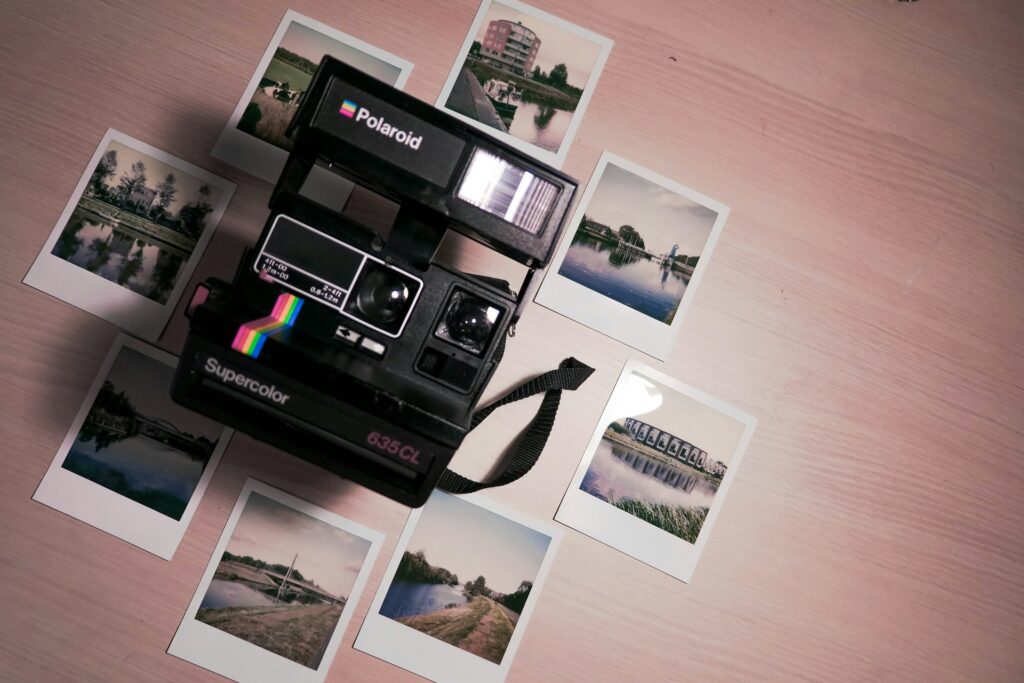
1. Optimize Image Resolution and Size Before Printing
Start with properly sized images that match your intended print dimensions. Use photo editing software to resize images to exactly 300 DPI at your target print size. Oversized images waste ink through unnecessary detail processing, while undersized images require upsampling that can increase ink usage.
Crop images precisely to eliminate unwanted areas that would consume ink unnecessarily. Remove any white borders or background elements that don’t contribute to your final composition.
2. Master Color Profile Management
Install and use the correct ICC color profiles for your specific printer and paper combination. Download profiles from your printer manufacturer’s website or paper supplier to ensure accurate color reproduction without excessive ink layering.
Soft-proof your images on screen using the appropriate color profile before printing. This preview shows exactly how colors will appear on paper, allowing you to make adjustments that prevent reprinting and ink waste.
3. Configure Optimal Printer Settings
Access your printer’s advanced settings and select “Photo” or “High Quality” mode specifically designed for photographic output. Enable “Photo Enhancement” features that optimize ink distribution for better results with less ink.
Set paper type correctly to match your chosen media. This setting dramatically affects how the printer applies ink, with proper configuration reducing consumption by up to 25% while improving quality.
Disable “Borderless Printing” unless absolutely necessary, as this feature typically uses 15-20% more ink to ensure complete edge coverage.
4. Choose the Right Paper for Maximum Efficiency
Select photo papers that work efficiently with your printer’s ink system. Glossy and semi-gloss papers generally require less ink than matte papers while delivering superior color saturation and detail reproduction.
Consider premium third-party photo papers that are specifically engineered for ink efficiency. Many professional papers achieve better results with less ink than standard options.
Test different paper weights and finishes with your specific printer model. Some combinations naturally use less ink while producing superior results due to optimized ink absorption characteristics.
5. Implement Smart Print Preview Techniques
Always use print preview to examine your image layout and settings before printing. Look for areas of solid color that might be adjusted to reduce ink consumption without compromising visual impact.
Consider converting pure black text or borders to grayscale rather than composite CMYK black, which uses multiple ink colors unnecessarily. This simple change can reduce ink usage significantly in images with text elements.
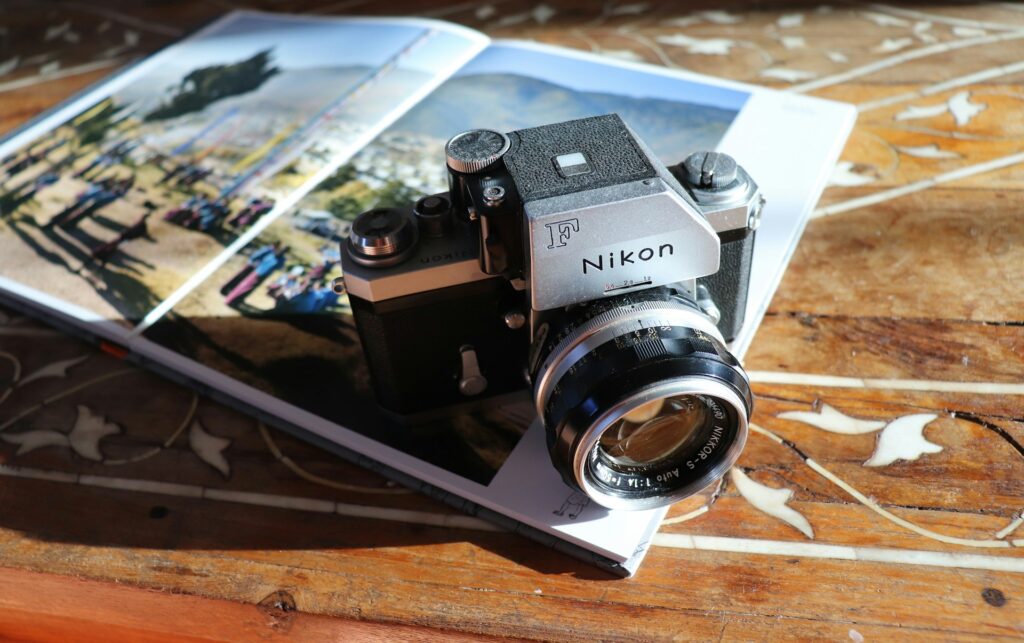
6. Utilize Draft Mode for Test Prints
Print test versions using draft or economy mode to evaluate composition, cropping, and basic color balance before committing to high-quality output. This approach prevents wasting expensive ink on prints that need adjustments.
Create small test strips of critical image areas to verify color accuracy and settings before printing full-size versions. Focus on skin tones, sky gradients, and shadow details that are most challenging to reproduce accurately.
7. Master Printer Maintenance for Optimal Efficiency
Perform regular printhead cleaning only when necessary, as excessive cleaning cycles waste substantial amounts of ink. Use your printer’s nozzle check feature to identify actual problems before running cleaning cycles.
Keep your printer active with at least one print job weekly to prevent ink from drying in the nozzles, which leads to clogs and inefficient ink usage during recovery.
Store ink cartridges properly in cool, dry conditions and install them promptly after opening to maintain optimal performance and prevent waste due to dried or damaged ink.
8. Plan Your Printing Sessions Strategically
Batch your photo printing to take advantage of optimal printer performance. Printers work most efficiently when warmed up and used consistently rather than for single prints with long intervals between jobs.
Print multiple photos in a single session to minimize startup ink consumption and ensure consistent color output across all prints.

Additional Insights and Professional Tools
Understanding your printer’s specific ink system provides crucial advantages for efficient photo printing. Printers using separate color cartridges offer better control and cost efficiency compared to tri-color cartridges, as you can replace individual colors as needed.
Professional RIP (Raster Image Processor) software like ColorBurst or EFI Fiery can optimize ink usage automatically while maintaining superior quality. These tools analyze images and adjust ink distribution for maximum efficiency.
Consider investing in a colorimeter or spectrophotometer for precise color calibration. Accurate color management prevents reprinting due to color matching issues, ultimately saving significant amounts of ink over time.
Monitor ambient conditions in your printing area, as temperature and humidity affect ink behavior and paper characteristics. Optimal conditions (68-72°F, 45-55% humidity) ensure consistent results and prevent ink waste due to environmental factors.
Third-party ink monitoring software can track usage patterns and help identify opportunities for further optimization. Some applications provide detailed analytics on ink consumption per print job, enabling data-driven improvements to your printing workflow.
Troubleshooting Common Photo Printing Mistakes

Color Matching and Calibration Issues
Inconsistent colors often lead to multiple reprints and massive ink waste. The most common cause is mismatched color profiles between your monitor and printer. Calibrate your monitor monthly using hardware calibration tools, and ensure you’re using the correct ICC profiles for your paper and printer combination.
Fluorescent or LED lighting can affect how you perceive printed colors, leading to unnecessary reprints. Evaluate prints under daylight-balanced lighting (5000K-6500K) to make accurate assessments of color accuracy and avoid reprinting due to lighting-induced color perception errors.
Paper Feed and Quality Problems
Incorrect paper settings cause the printer to apply inappropriate amounts of ink, often resulting in oversaturation, bleeding, or poor adhesion. Always verify that your printer’s paper type setting exactly matches the paper you’re using, including specific brand models when available.
Damaged or low-quality paper can absorb ink unevenly, creating blotchy results that require reprinting. Inspect paper for moisture damage, creases, or surface defects before printing, and store photo paper in protective sleeves within original packaging.
Printhead and Maintenance Errors
Clogged printheads waste enormous amounts of ink through repeated cleaning cycles and poor print quality. Prevent clogs by using your printer regularly and avoiding aftermarket inks that may not flow properly through your specific printhead design.
Over-cleaning printheads wastes more ink than actual printing in many cases. Only perform cleaning cycles when nozzle check patterns show definitive problems, and use the gentlest cleaning option first before progressing to more intensive cleaning procedures.
Frequently Asked Questions
Q: How much ink can I save using these photo printing tips? A: Properly implemented ink saving techniques typically reduce consumption by 30-50% while maintaining or improving print quality. The exact savings depend on your current printing habits, printer model, and image types.
Q: Do third-party inks work well for high-quality photo printing? A: Quality third-party inks can provide excellent results at lower costs, but ensure compatibility with your specific printer model. Some aftermarket inks may require adjusted color profiles for optimal results and efficiency.
Q: What’s the most important factor for reducing ink waste in photo printing? A: Proper color management and using correct printer settings for your paper type typically provide the largest ink savings. These optimizations prevent reprints and ensure efficient ink application from the start.
Q: Should I use borderless printing for photos? A: Borderless printing uses significantly more ink and should only be used when absolutely necessary. Consider leaving small white borders and trimming manually if needed, as this approach uses 15-20% less ink per print.
Conclusion
Mastering how to print high quality photos without wasting ink transforms both your results and your budget. The strategies outlined in this guide provide a comprehensive framework for achieving professional-grade prints while dramatically reducing ink consumption and operational costs.
The key to success lies in systematic implementation of proper image preparation, optimal printer configuration, and smart material choices. By following these proven techniques, you’ll consistently produce stunning photographs while maximizing the value of every drop of ink in your cartridges.
Start with the fundamental practices of color management and printer settings, then gradually incorporate advanced techniques as you become more comfortable with the process. Your improved results and reduced ink costs will make the effort worthwhile, whether you’re printing cherished family memories or professional portfolio pieces.
How to Schedule Print Jobs Automatically Read More.

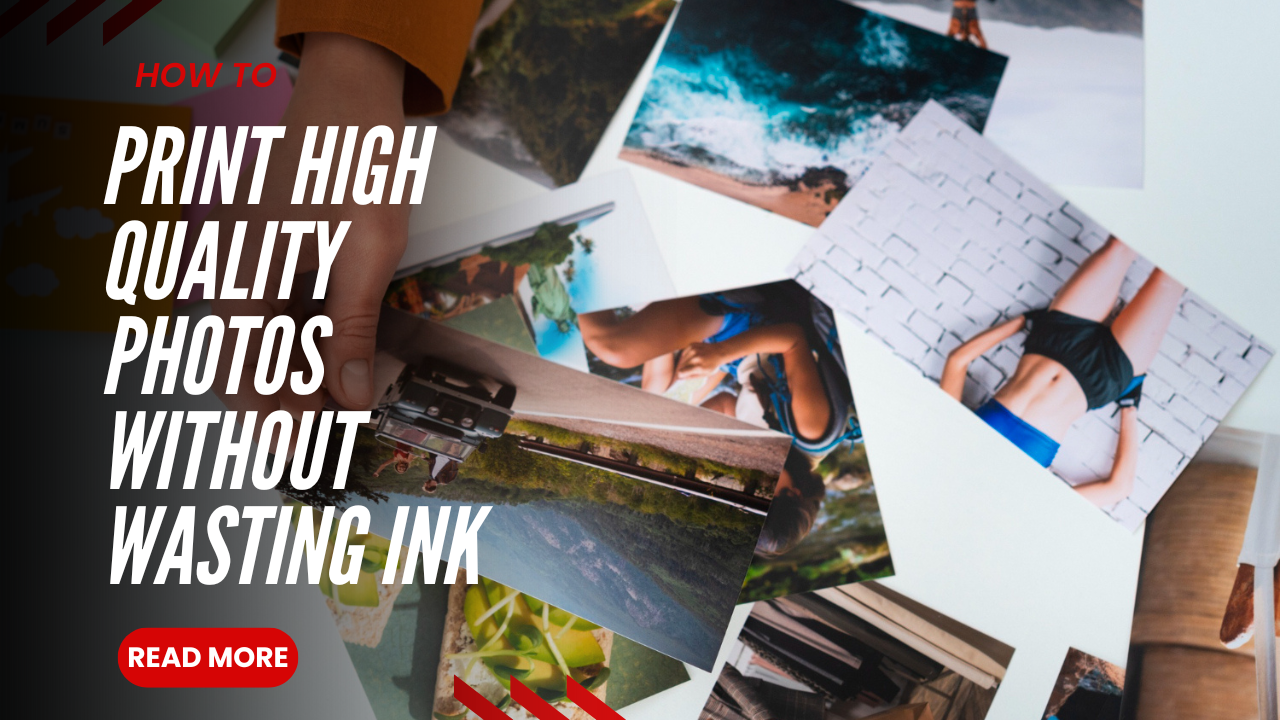

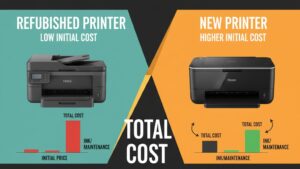
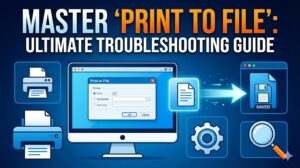
Recent Comments